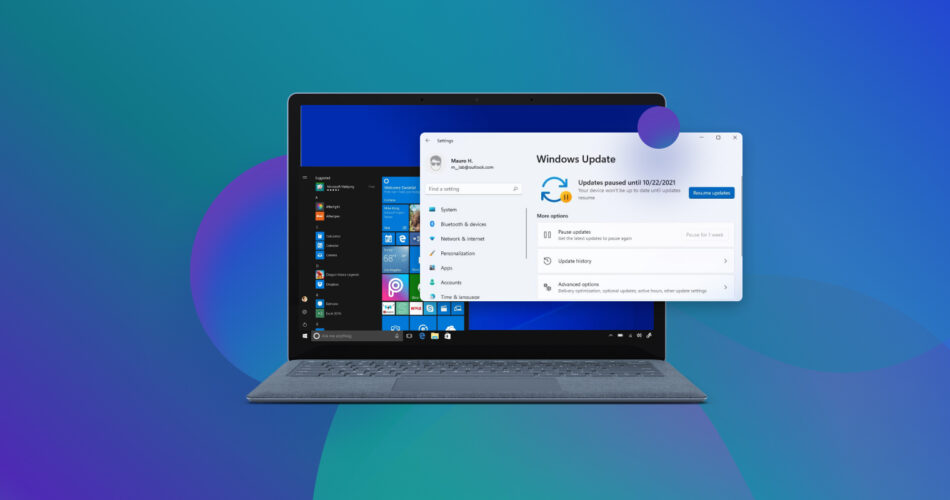To keep Windows safe and at the forefront of technology, Microsoft “borrowed” Linux’s approach of “rolling updates”. Unlike older versions of Windows, patches with new features and tweaks to existing functionality for Windows 10/11 are now released months, weeks, or even days apart. Fixes for security-related issues may reach your PC hours after they’re created. But there’s a catch.
Sometimes those patches and fixes can break things. A new desktop feature may be incompatible with an app you’re using. A security patch may “interfere” with an older driver.
Thankfully, updating isn’t mandatory. Read on to find out how to stop Windows 10 updates by disabling the Windows update feature temporarily or permanently.
If you’re interested in disabling updates on Windows 11 instead of 10, rest assured this guide is all you need. Despite being officially deemed a new version of Microsoft’s operating system, Windows 11 is not a radical departure from its predecessor. Plus, the methods for disabling updates have mostly remained unchanged since Windows 7.
How to Stop Windows 10 Update Permanently
The best way to ensure an update won’t “break” your OS or an app you rely on is to completely turn off automatic updates on Windows 10/11. This way, you can have a Windows update only when you decide it’s time to do so.
Let’s see all the ways you can do that.
If what you want isn’t to stop Windows 10/11 Updates, but to recover the files you lost after such an update, make sure to check our guide on how to recover deleted files after a Windows update.
Method 1: Turn Off Windows Update Service
One way to disable automatic updates on Windows 10/11, since the feature relies on an active background process known as “a service”, is to completely turn off this Windows Update service.
To turn off the Windows Update service:
- Open the Start menu or Windows Search and start typing “Services” to locate the services management app. Choose to Run (it) as administrator.
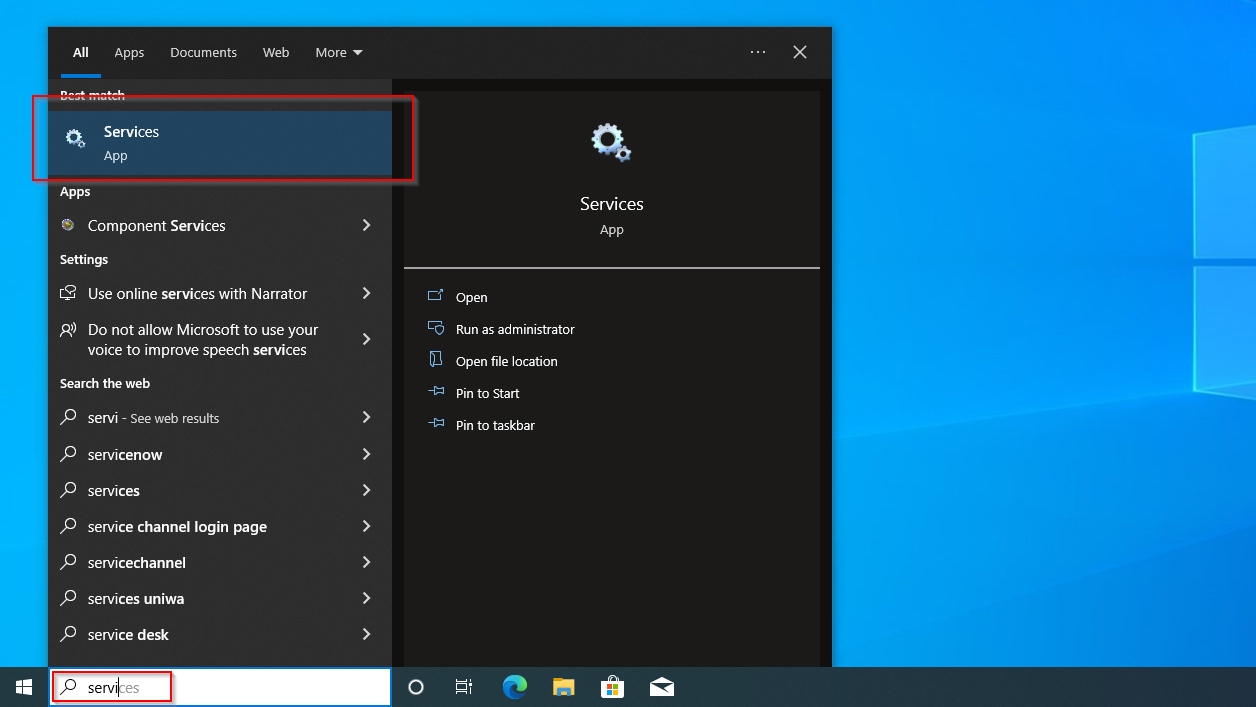
- Scroll down the Services (Local) list to locate Windows Update.
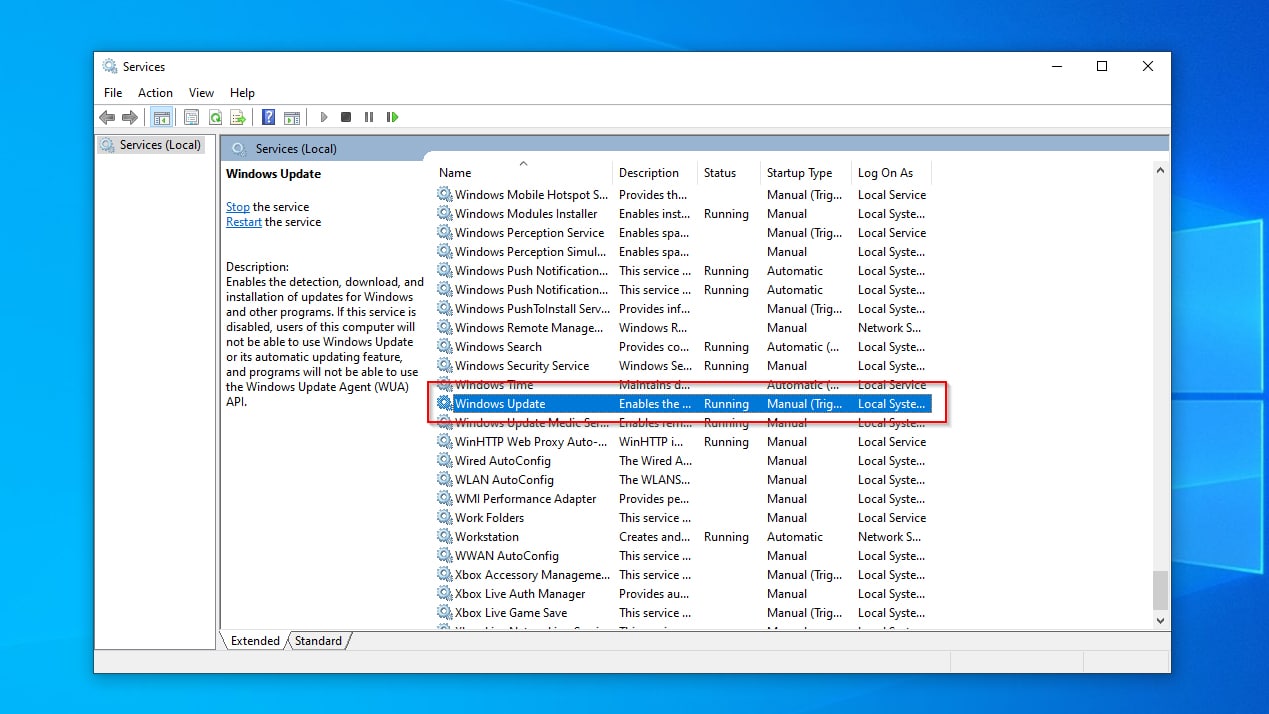
- Double-click on the Windows Update service or right-click on it and choose Properties to edit it. Change its Startup type to Disabled to forbid it from running automatically.
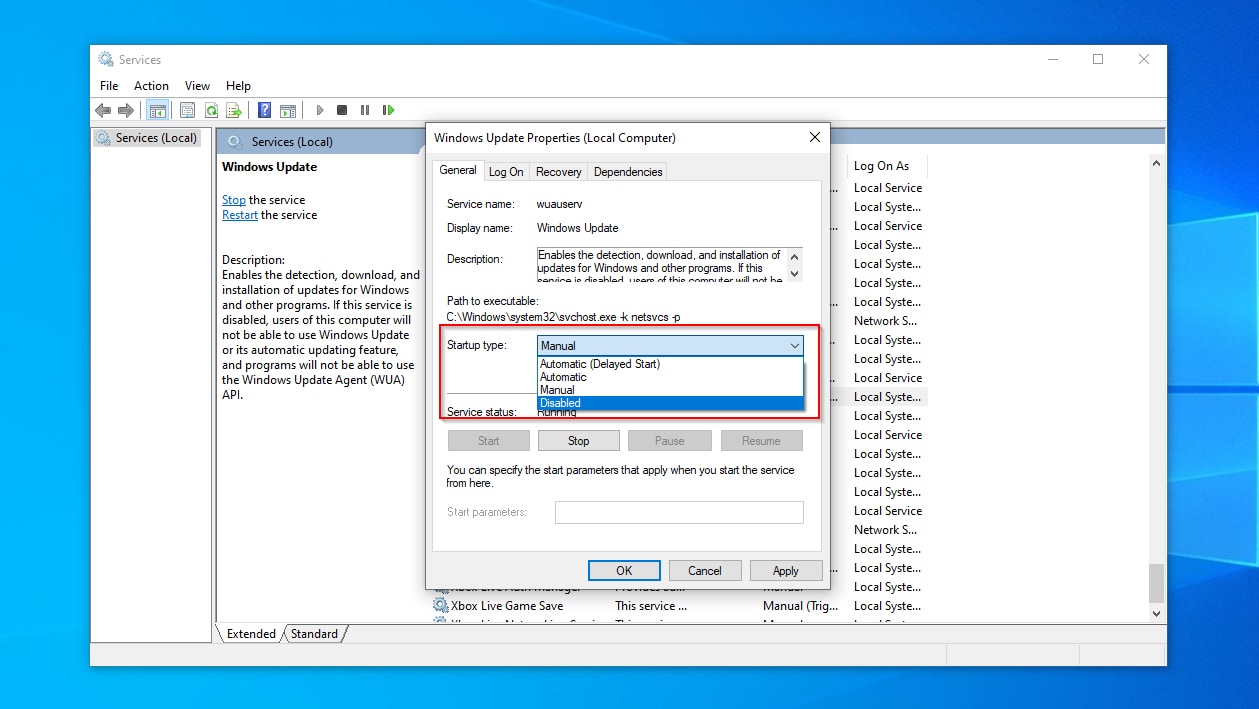
- If the Windows Update service is active in the background, you can terminate it by clicking the Stop button. Click OK to return to the services management app and then close it. Any changes should be effective immediately.
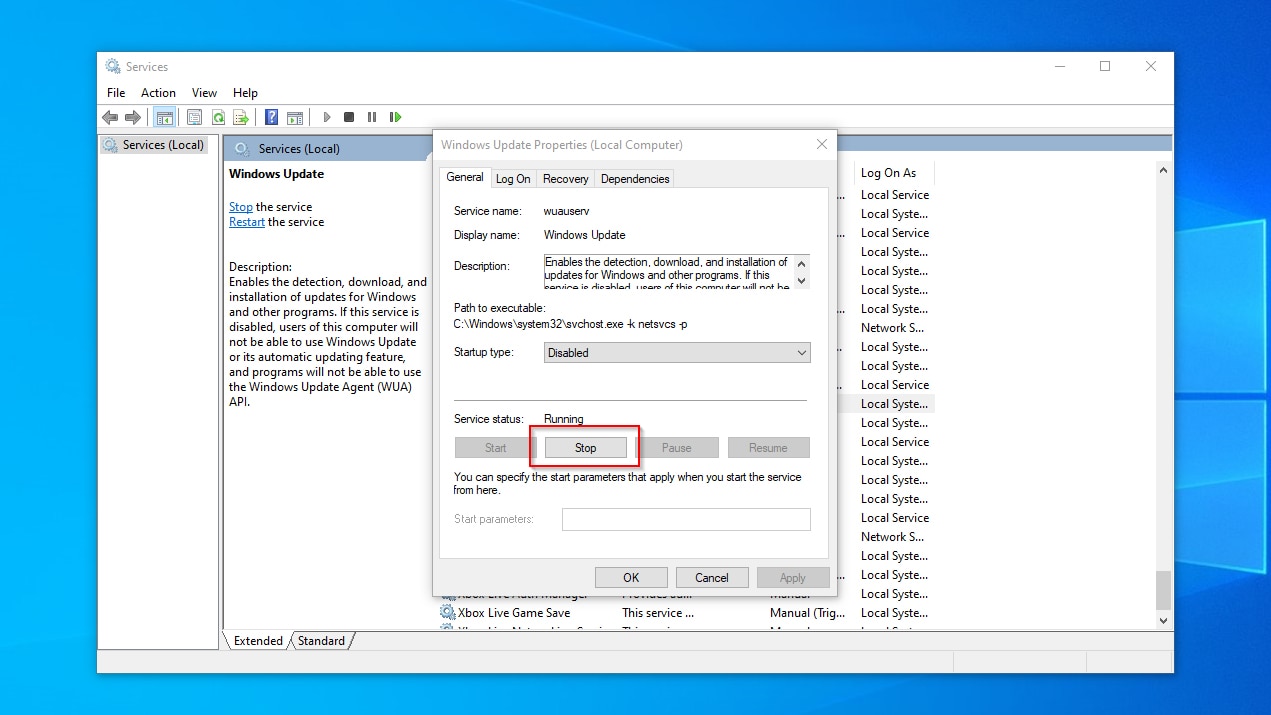
Method 2: Apply Changes In Group Policy Editor
If you are using Windows 10 Home Edition, feel free to skip this method. Otherwise, if using Windows 10 Education, Pro, or Enterprise, the following is another excellent way to stop Windows 10 updates permanently.
This method should also work on the “more feature-complete” versions of Windows 11 except for the “base” Home edition.
To turn off automatic updates on Windows 10/11 through the Group Policy Editor:
- Use the Start menu or search functionality and perform a search for “Group Policy Editor” (or start typing “gpedit“). When you see the edit group policy entry, launch it.
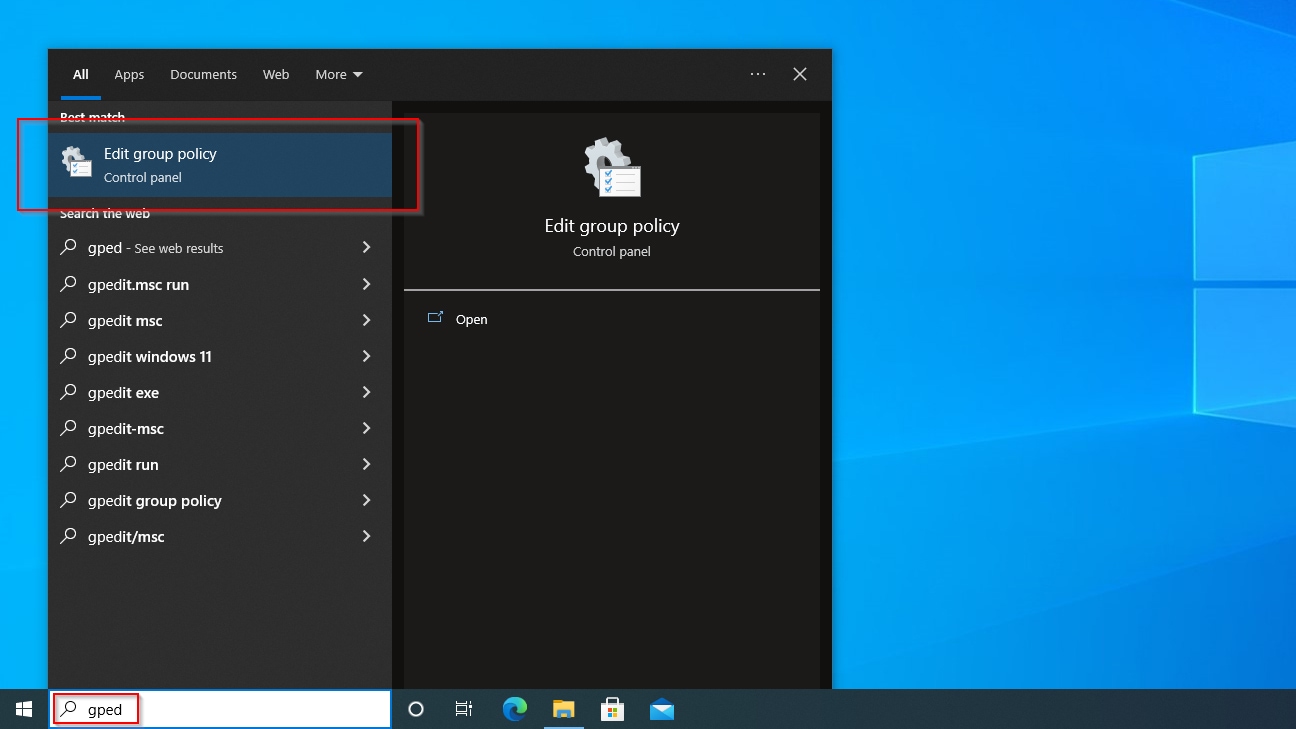
- Use the navigation pane on the left of the Local Group Policy Editor‘s window to locate Local Computer Policy > Computer Configuration > Administrative Templates > Windows Components.
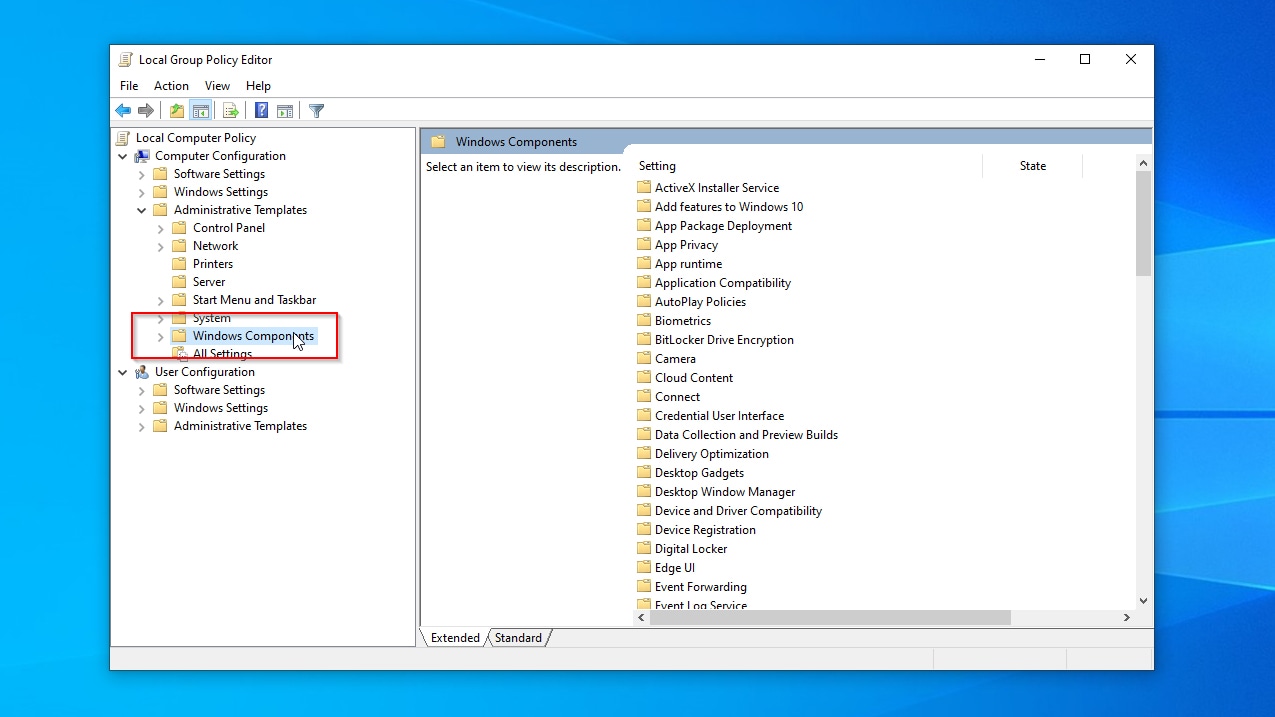
- Inside Windows Components, find Windows Update, but instead of expanding that entry, click on it to select it. You will see a list of variables related to Windows Update on the right of the window. Among them, find Configure Automatic Update, and double-click on it to edit it.
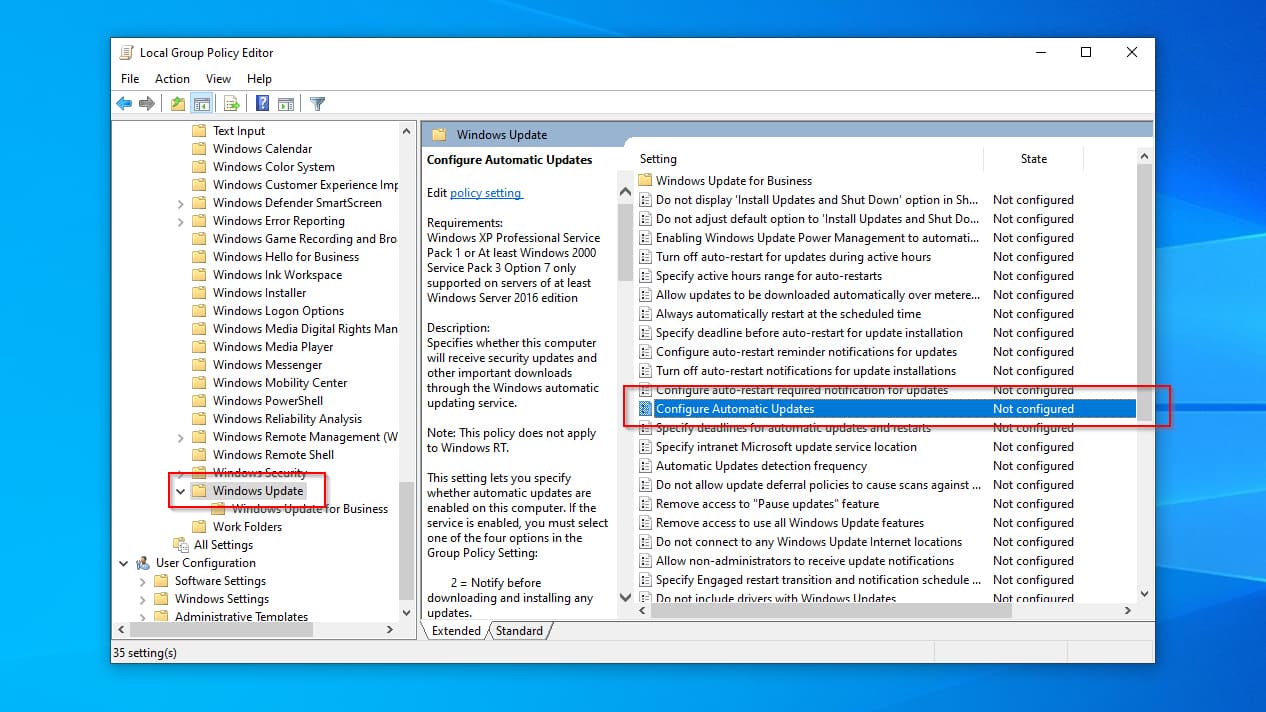
- Change the Configure Automatic Update entry’s state (from the options on the top left of the window) from Not Configured to Disabled. Click OK to accept the changes. Then, close the Local Group Policy Editor’s window and restart your PC for the changes to take effect.
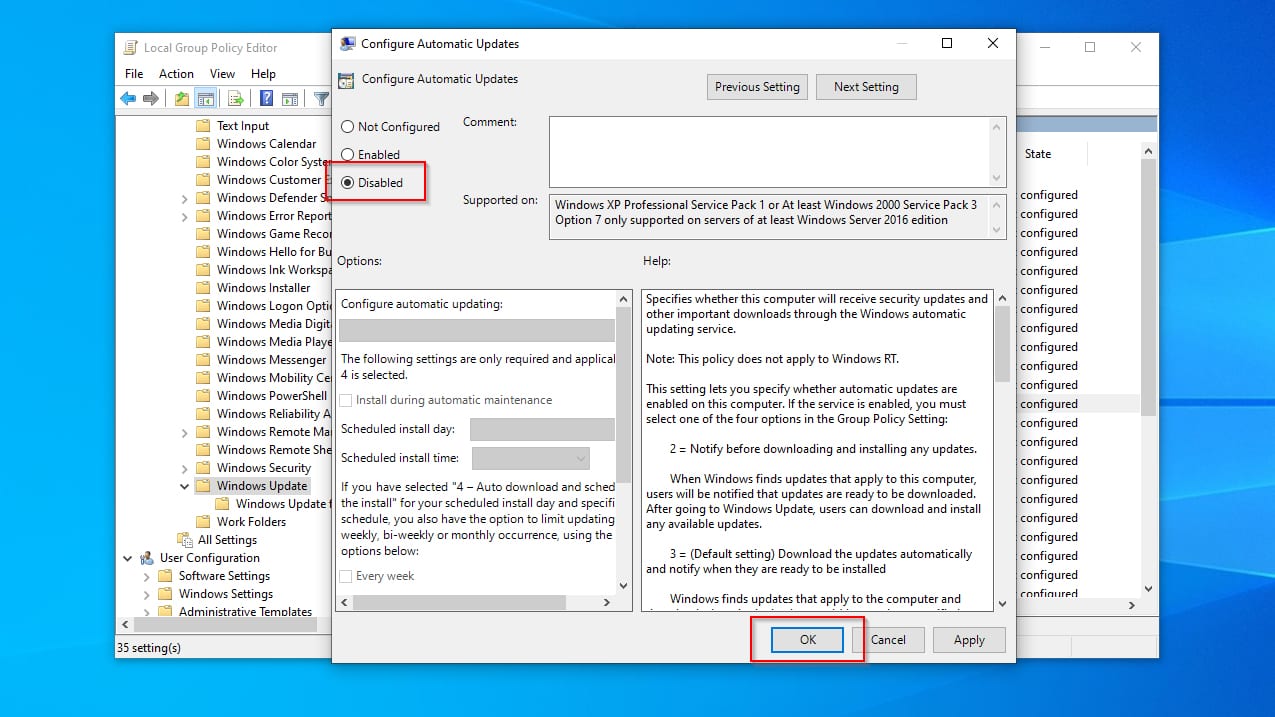
Method 3: Enable Metered Connection
Instead of trying to disable Windows Update on Windows 10, there’s a cunning way to trick the OS into stopping downloading updates: set your Internet connection as metered.
This method will only work on wireless connections. Although Windows 10/11 allows you to set Ethernet connections as metered, strangely, that’s only for show! The OS treats all “cabled” connections as unrestricted and unlimited. That is unless Microsoft updated that after this article was published.
To set your Internet connection as metered:
- Search for “network status” using the Start menu or Windows 10’s search functionality—then “open” the entry.
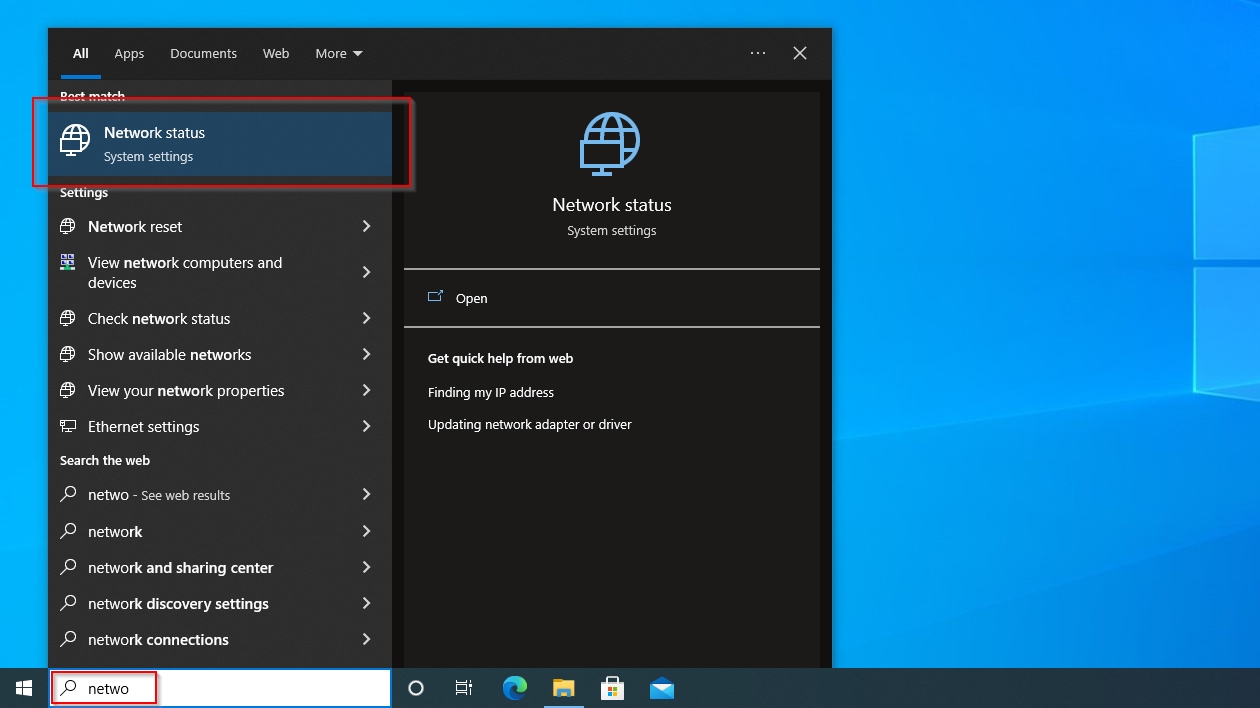
- Select your network connection and click Properties in its Settings window.
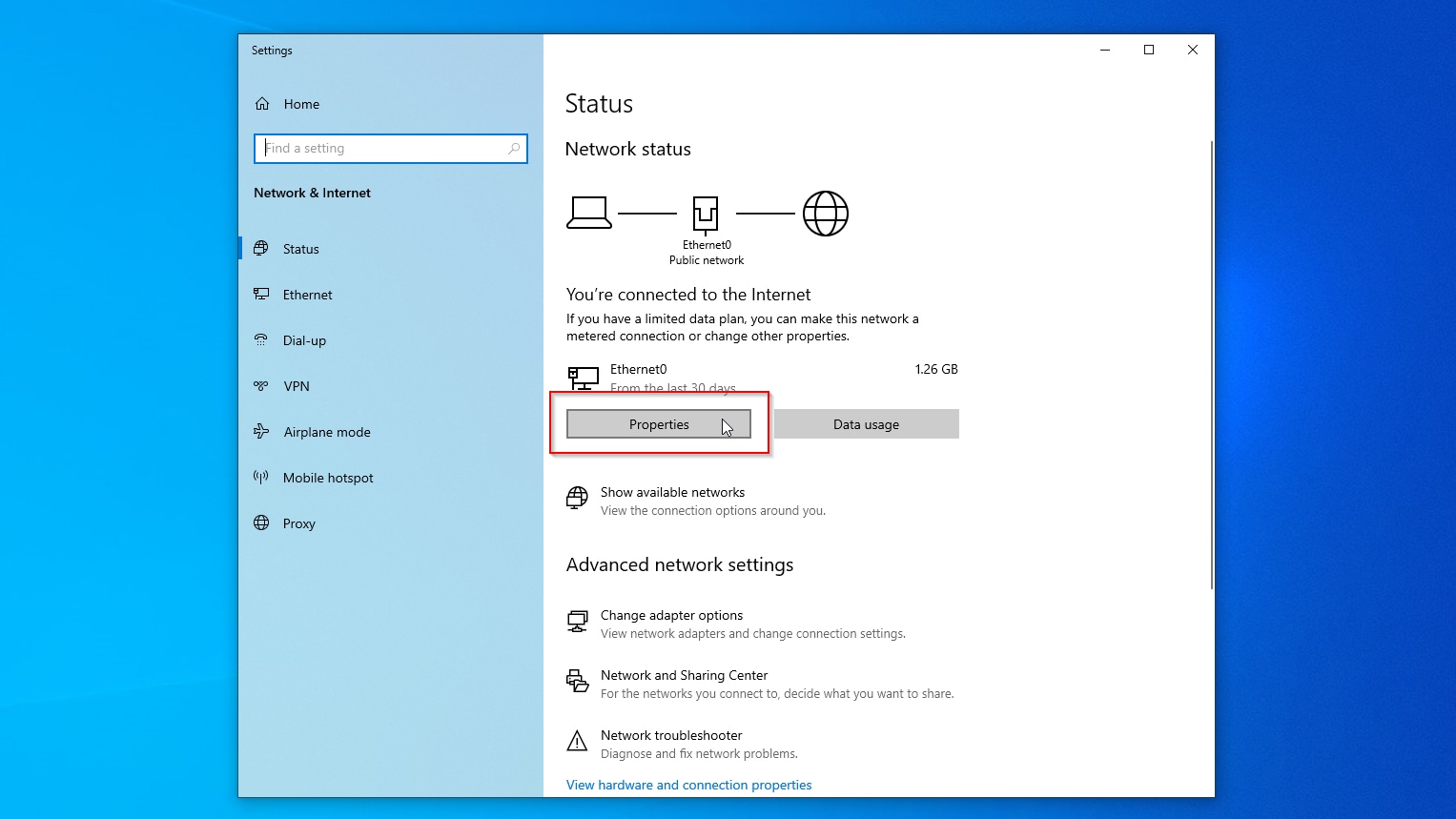
- Flick the switch under Set as metered connection to On. You can now close your connection’s Settings window.
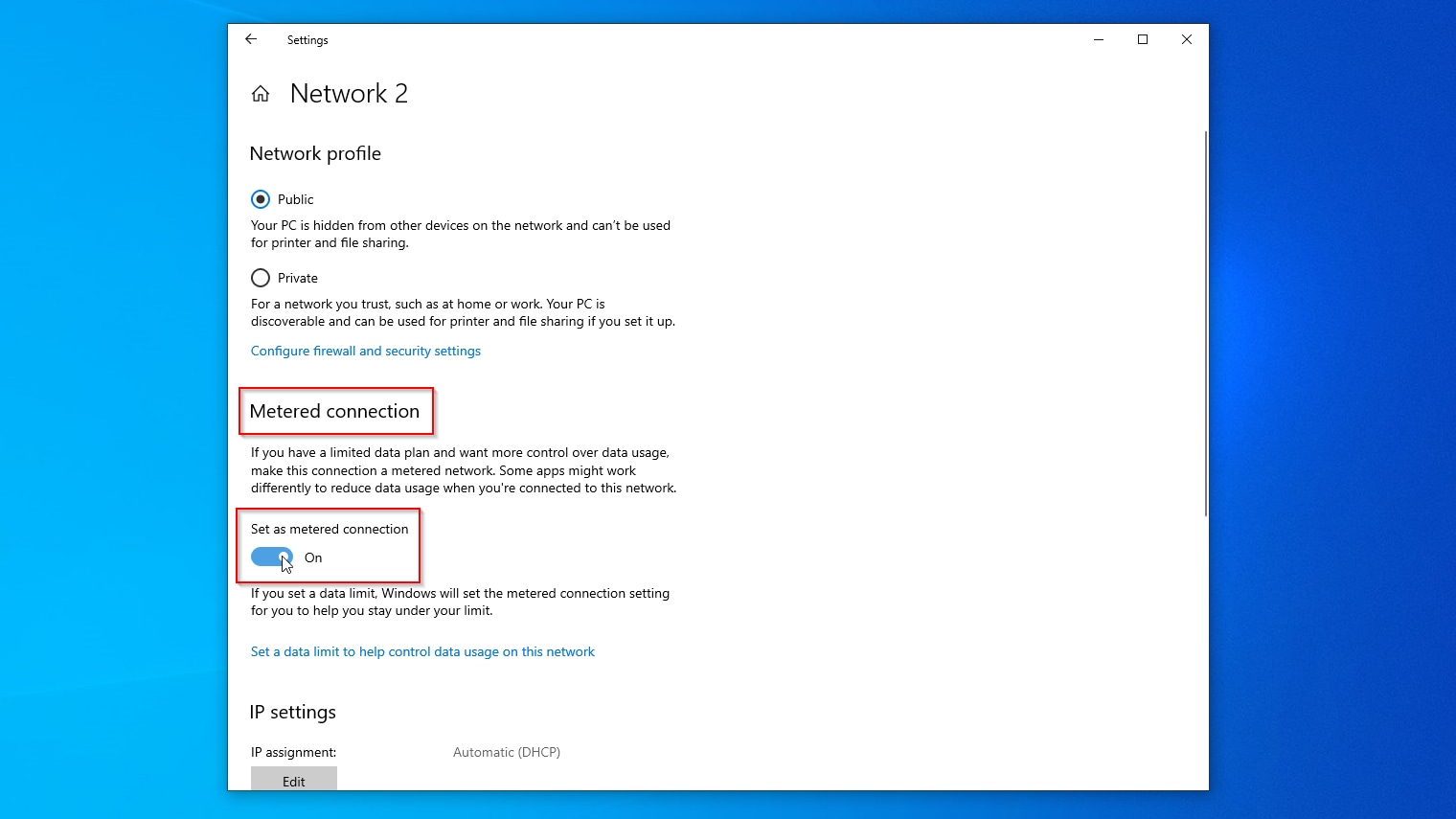
- Use the Start menu or Search and seek “Windows Update Settings“. Then launch it.
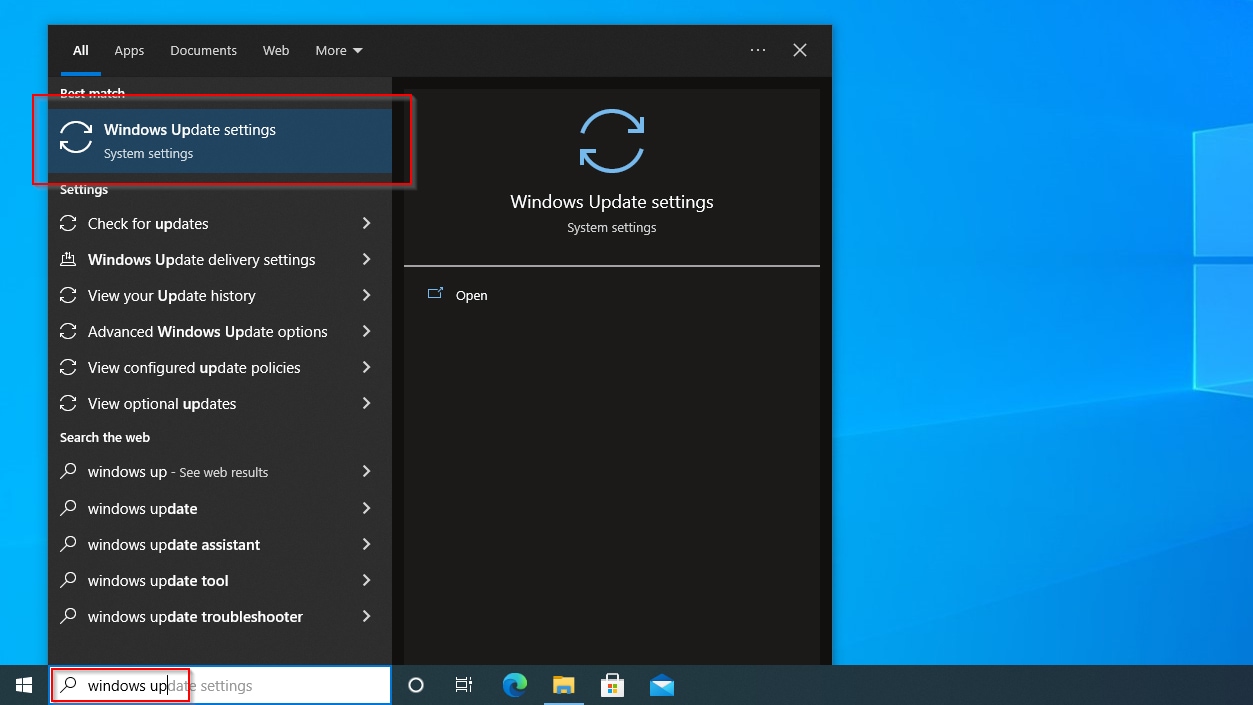
- In the Windows Update Settings window, click on Advanced Options.
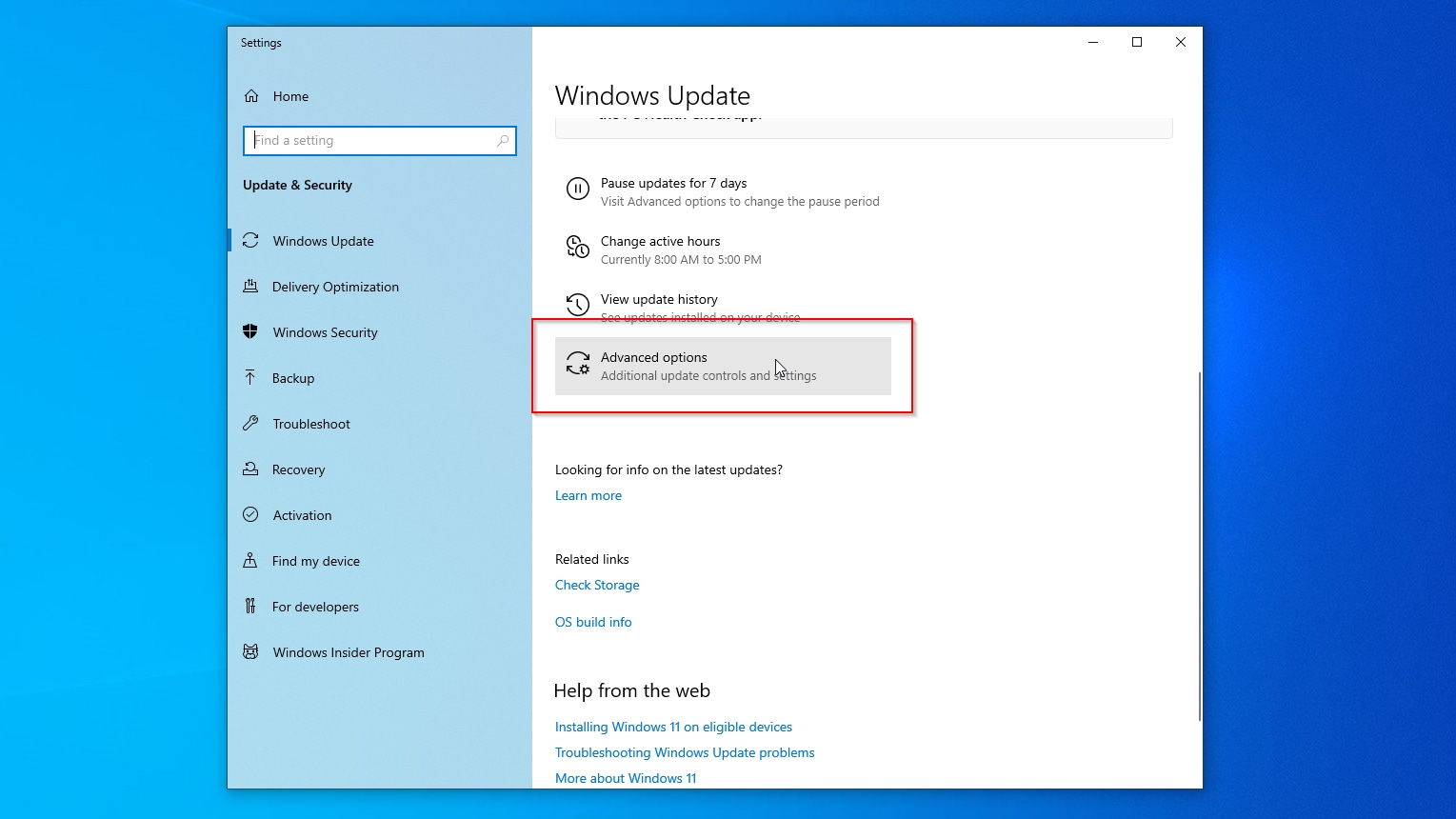
- Ensure the switch under Download updates over the metered connection (extra charges may apply) is set to Off. You may have to disable and re-enable your Internet connection or restart your PC for the changes to take effect.
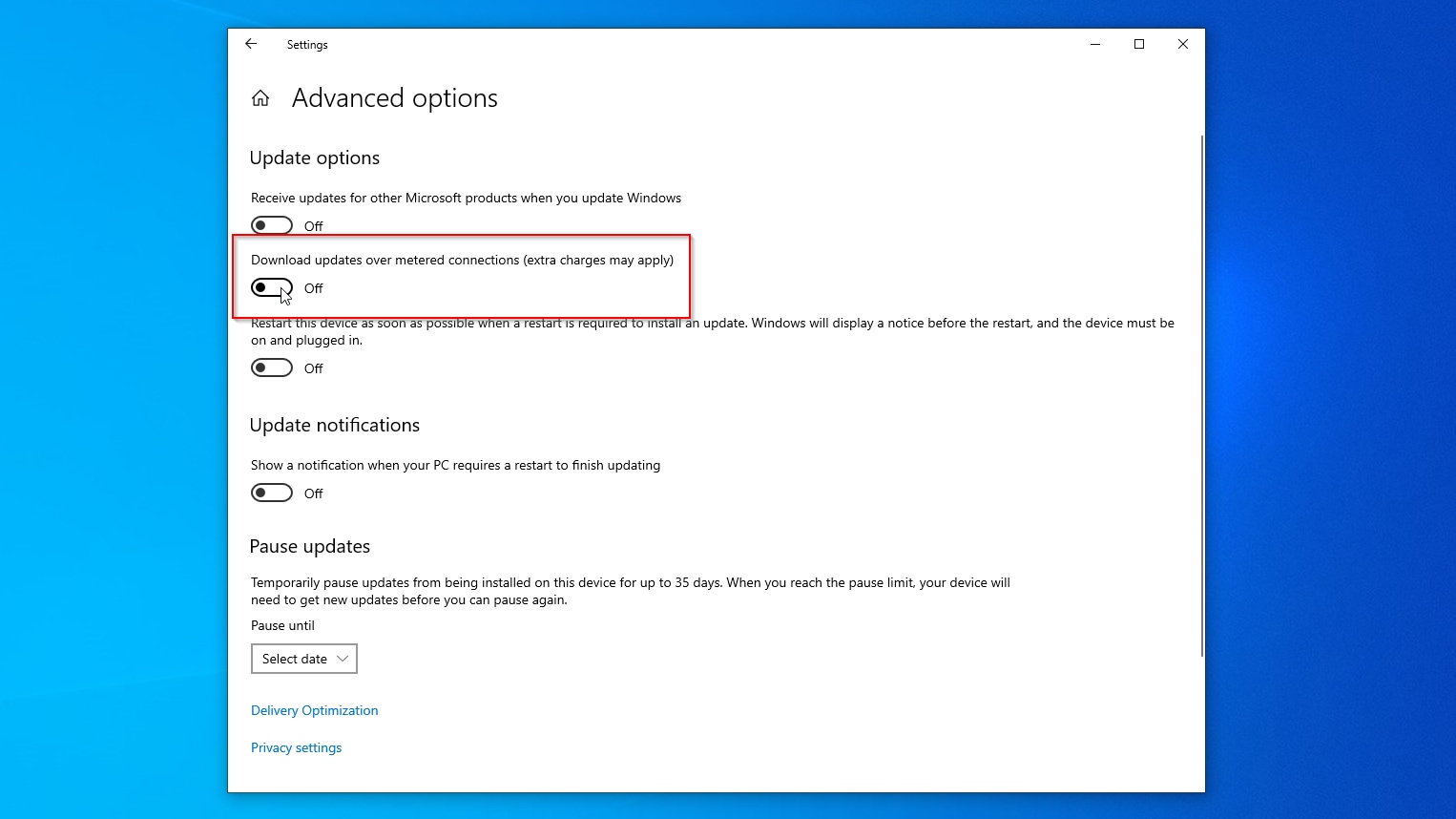
Method 4: Disable Windows Updates With Update Blocker
If you don’t mind downloading and using an extra piece of software to block Windows updates, you can use a third-party updating disable tool to turn off automatic updates on Windows 10. This can help you completely block Windows updates with a few clicks without having to hunt down hidden options in Windows’ convoluted settings.
To do that with one of the most popular solutions for the task, Update Blocker:
- Visit Windows Update Blocker’s official site and download it to your computer. Extract the archive to a folder and enter it with your favorite file manager (like Windows File Explorer).
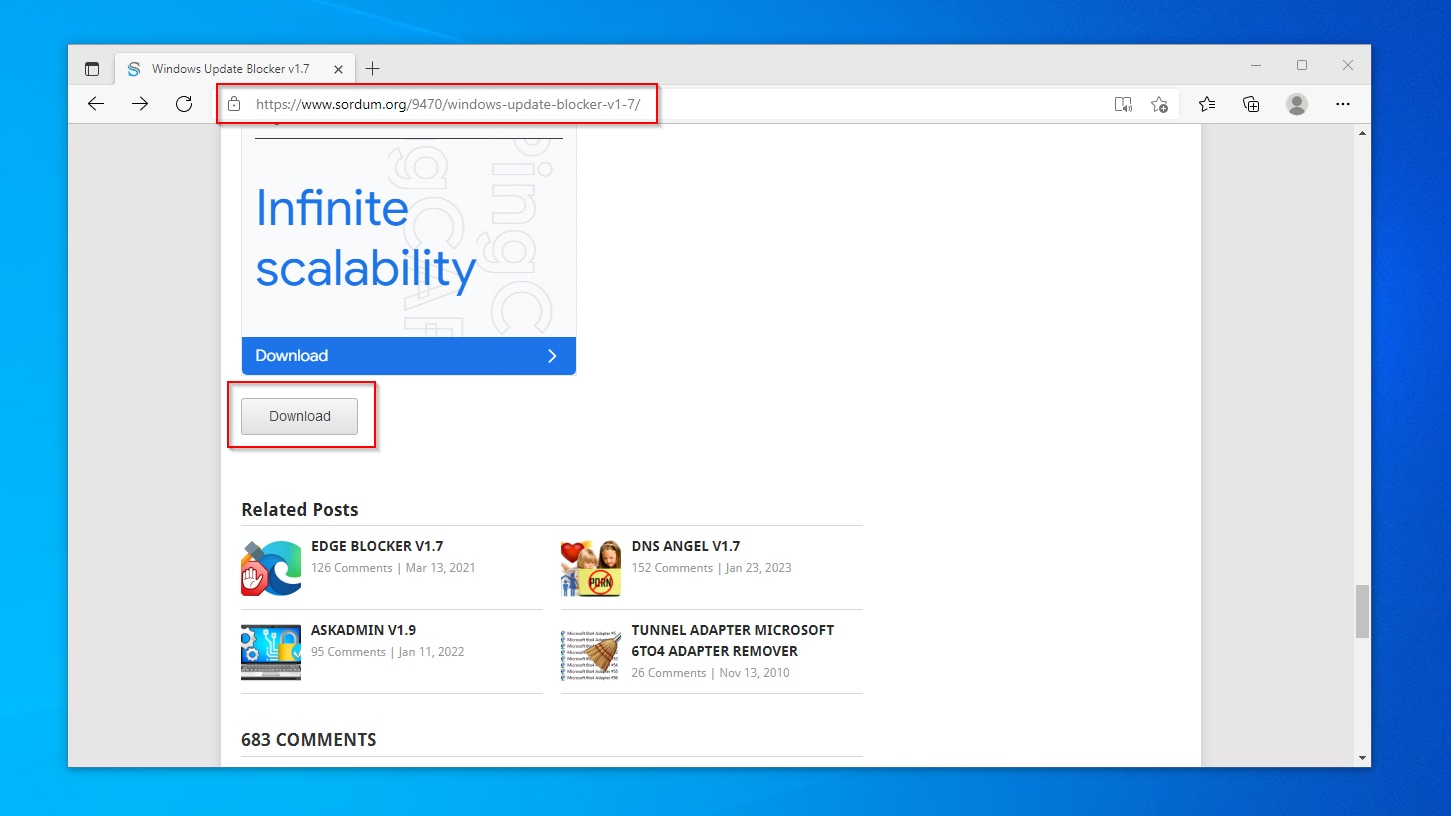
- In the folder, you will find two executables, Wub and Wub_x64, for 32-bit and 64-bit versions of Windows, respectively. Double-click on the correct one for your version of Windows to launch it.
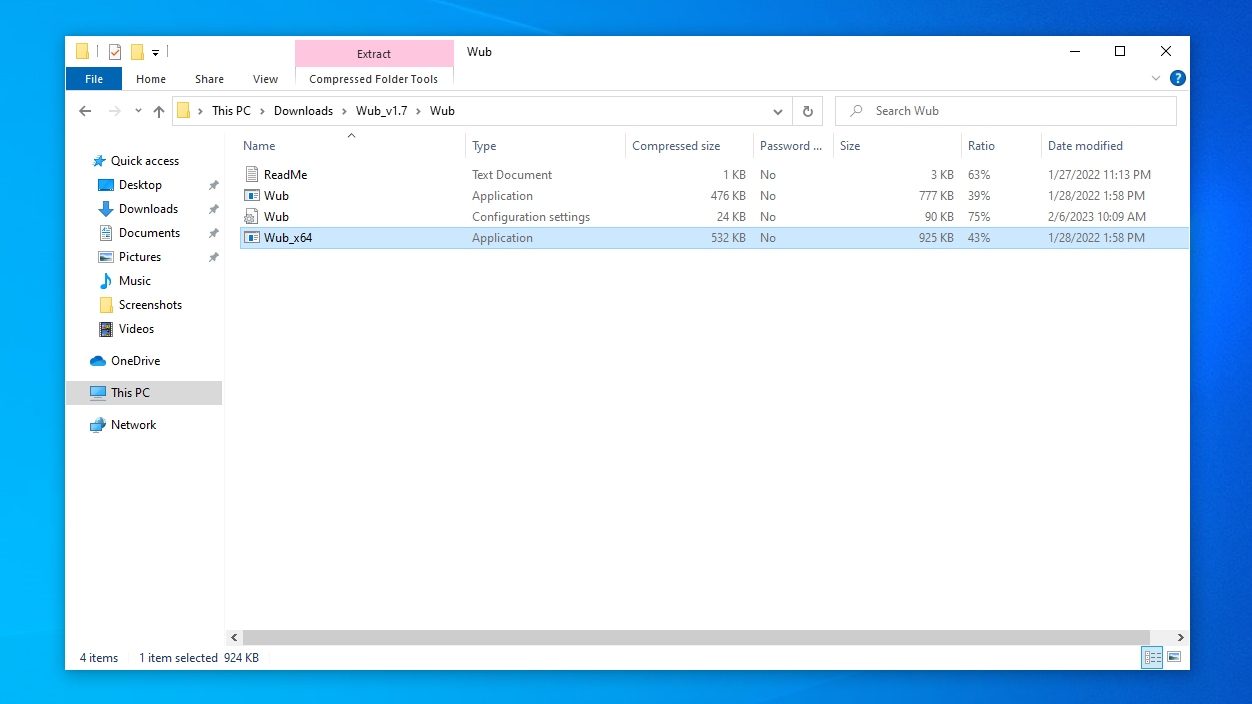
- Change the Windows Updates Option to Disable Update to block all Windows updates. Also, enable Protect Services Settings to ensure your tweak won’t revert to its initial state. Then, click on Apply Now. The changes will take effect when you restart your PC.
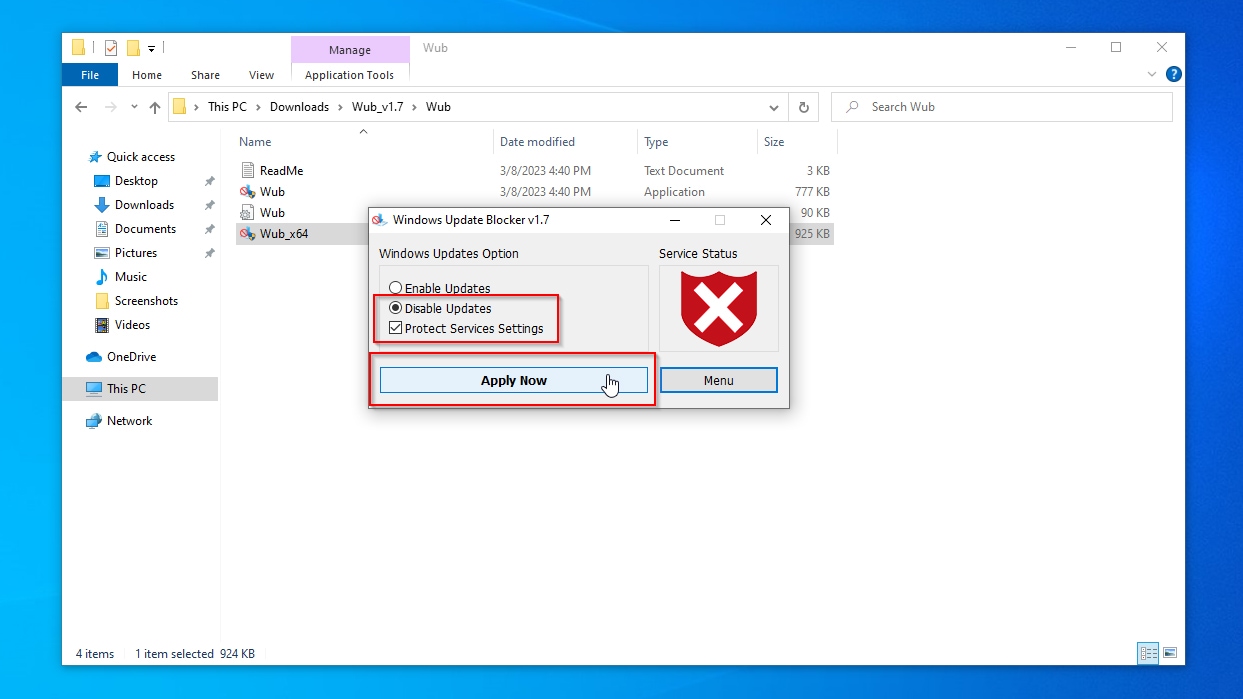
How to Temporarily Disable Windows Update
You might want to keep using Windows Update and only temporarily disable automatic updates on Windows 10. You may only want to skip a new update incompatible with your hardware. Or to ensure you have enough time to back up your OS before a significant upgrade to a new Windows version.
Thankfully, it’s easier to disable Windows Update on Windows 10 temporarily than it is to stop Windows Update permanently.
Pause Windows Updates
The easiest way to temporarily disable Windows Update is by pausing it for a week.
This option isn’t available on Windows 10 Home or Windows 11 Home. On those “base” editions, Windows updates are mandatory. You can pause updates manually on:
- Windows 10 Education
- Windows 10 Pro
- Windows 10 Enterprise
- Windows 11 Pro
Pausing updates for a week is as easy as the following:
- Use the Start menu or Search to seek “Windows Update Settings“, then open the entry.
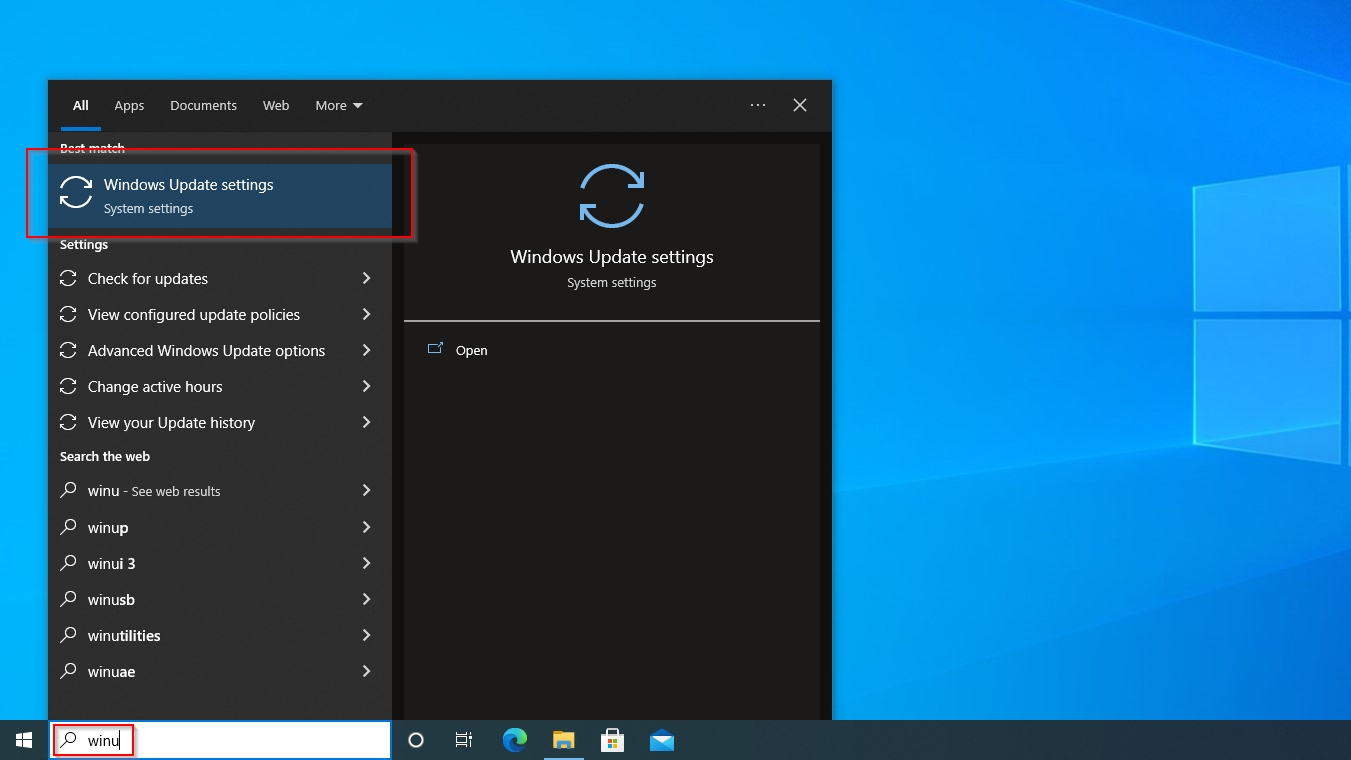
- Click on Pause Updates for 7 days in the Windows Update Settings window.
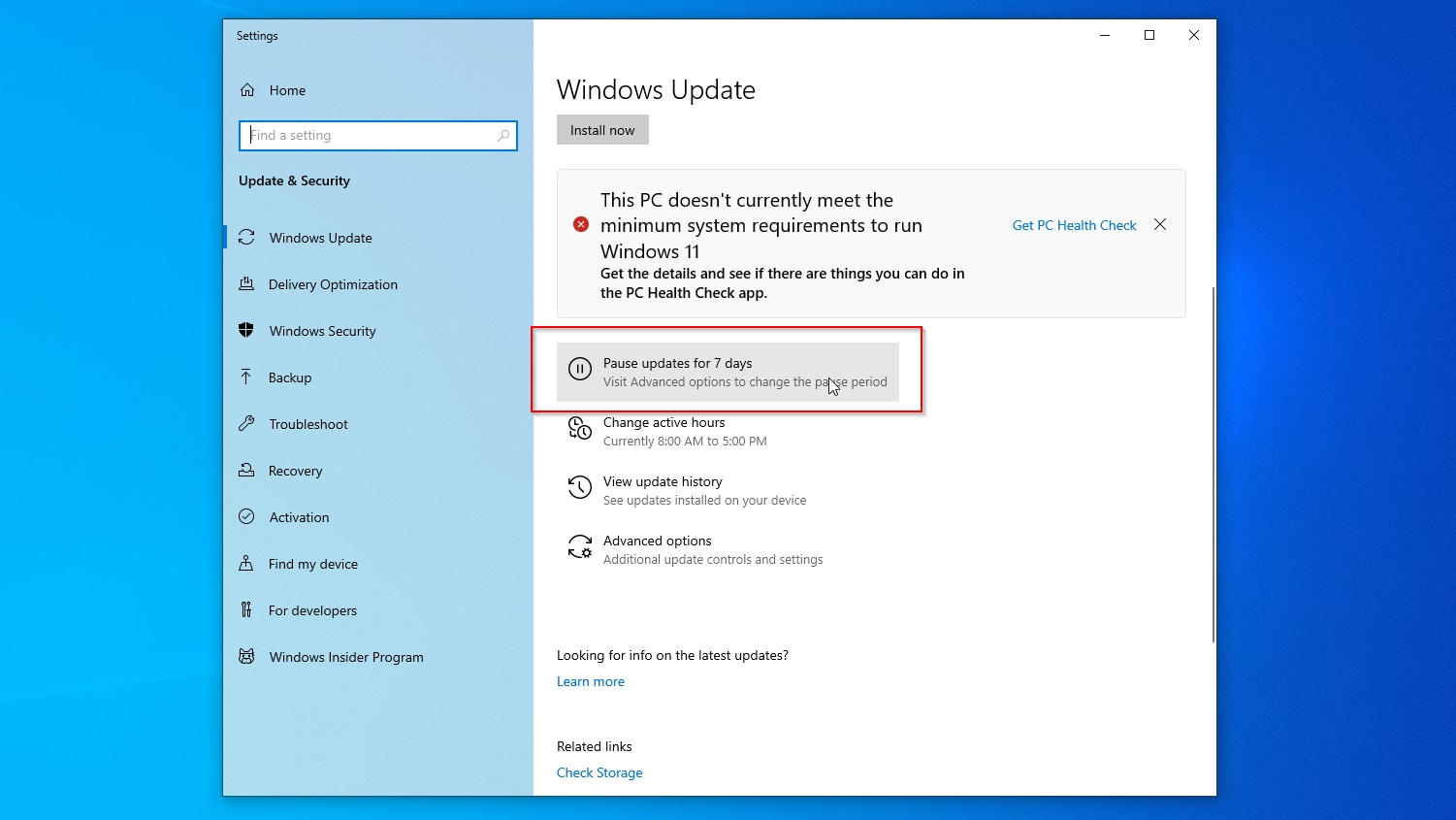
- Close the window, and you’re set: your PC shouldn’t receive any new updates for the next seven days.
Do you need to postpone updates for longer? That’s possible, too, although a bit more convoluted.
To disable Windows Update on Windows 10 for more than 7 days:
- Use the Start menu or Search to find Windows Update Settings and open it.
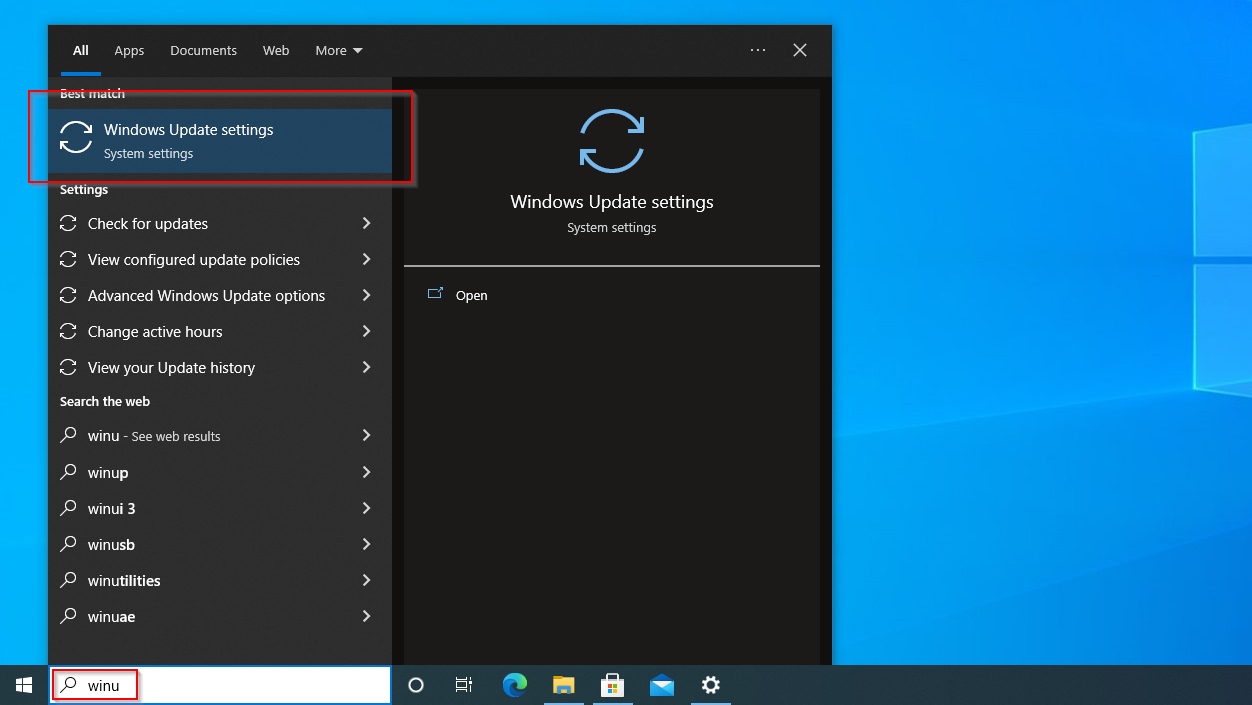
- Click on Advanced Options.
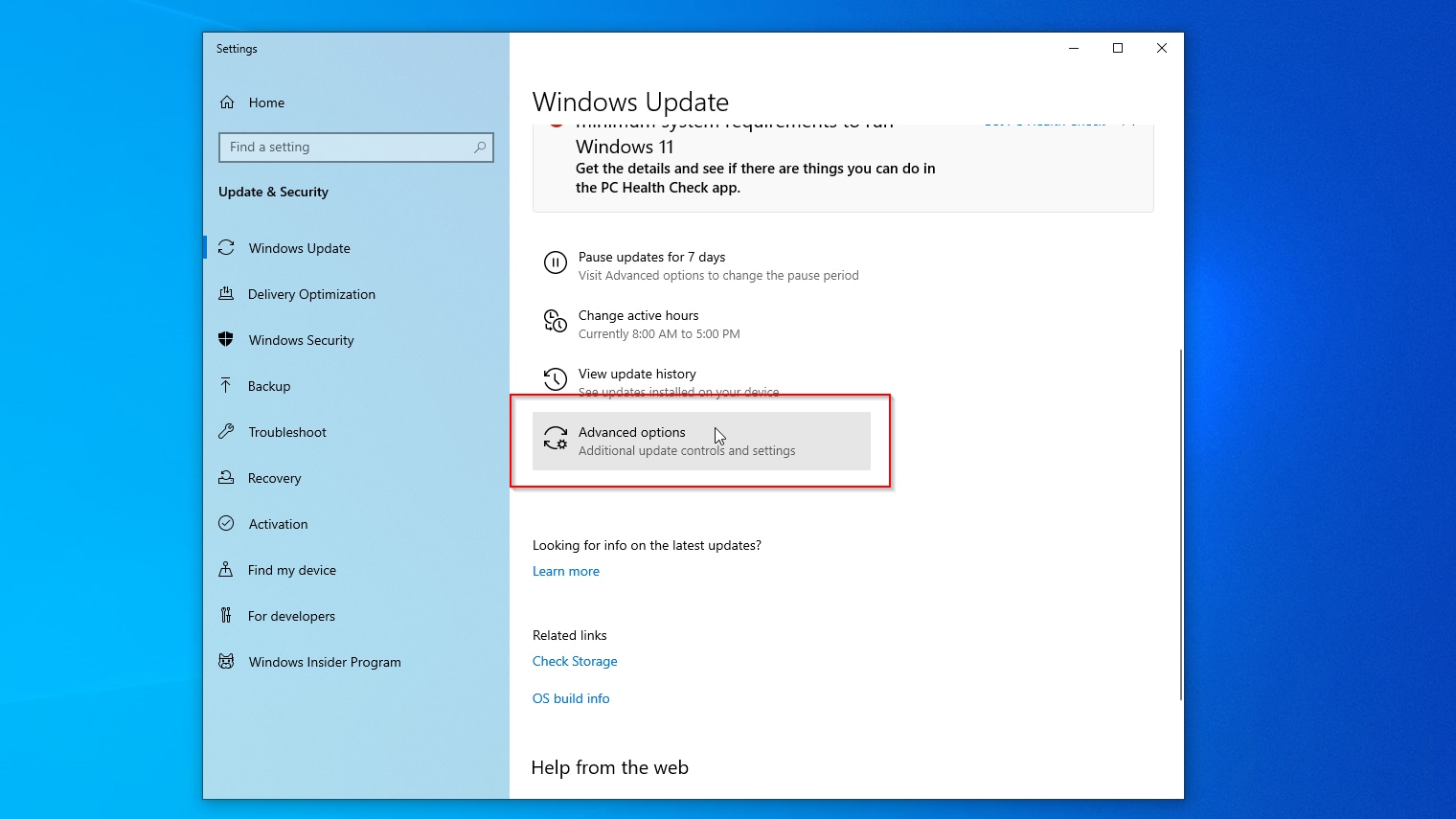
- Scroll down to locate the Pause Updates section.
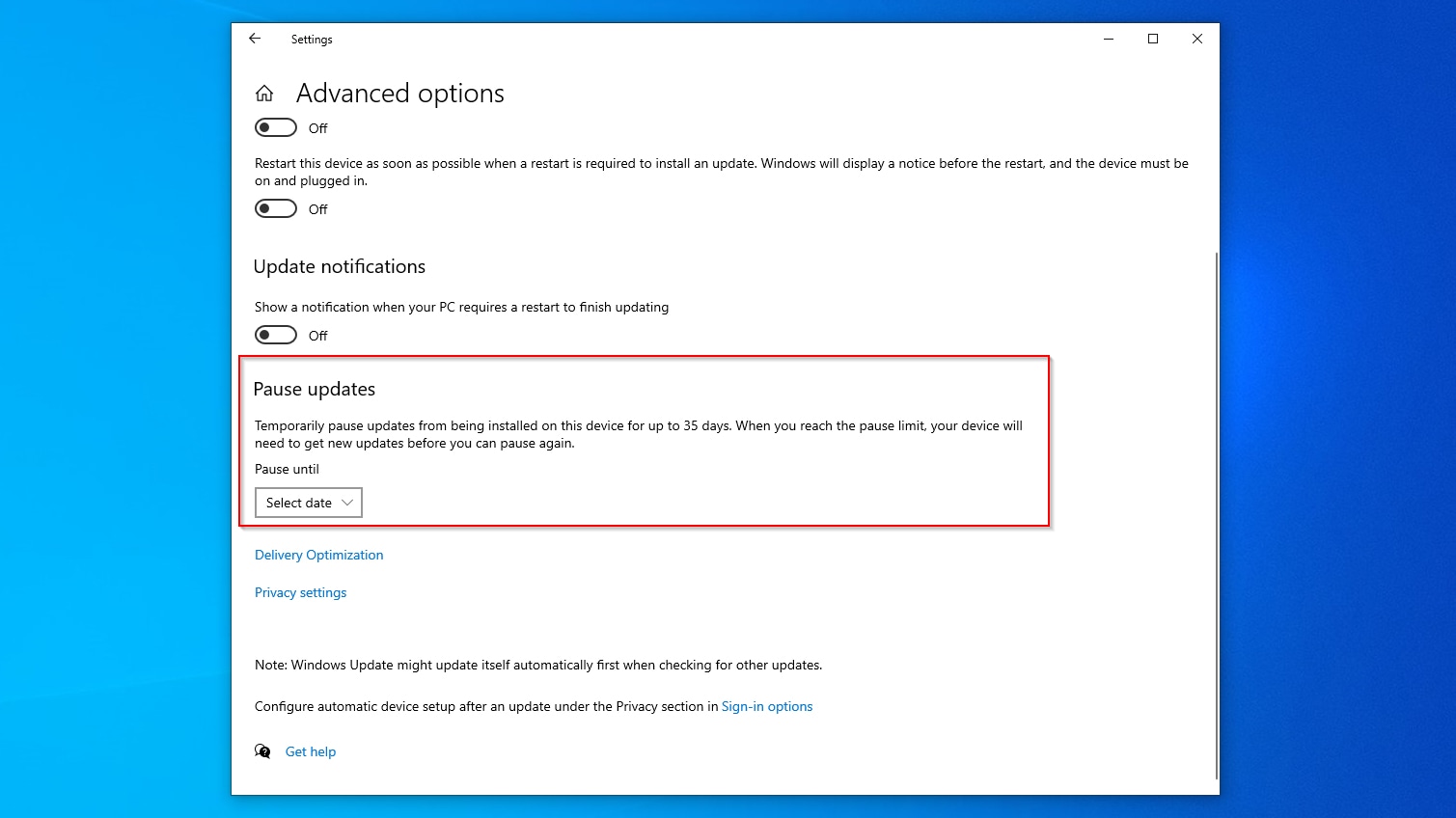
- Click on the Select Date pulldown menu and choose for how long you want to postpone updating your Windows installation.
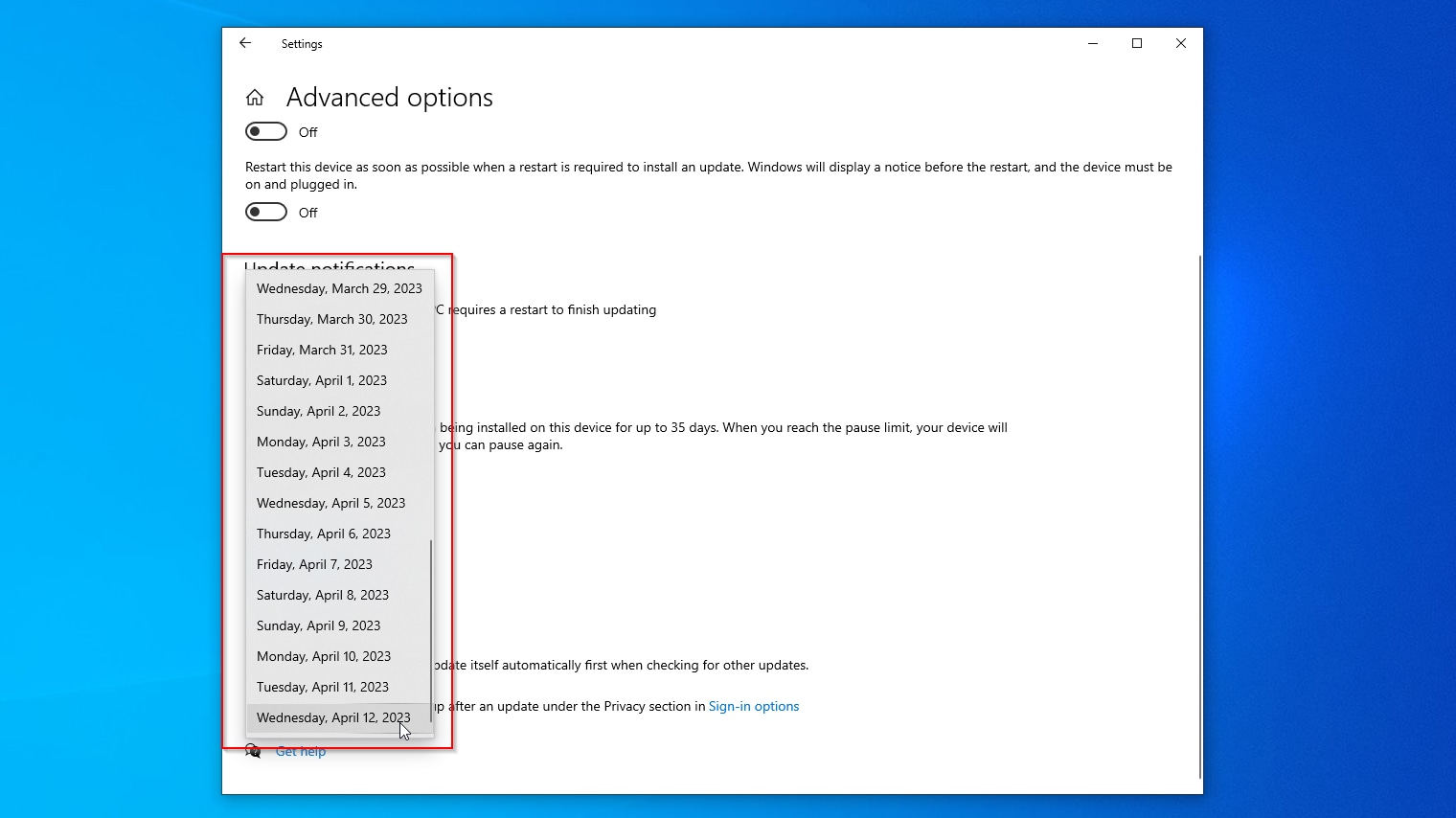
With both methods, the adjustments should work immediately.
Pause Updates in Microsoft Store
In the latest versions of Windows, there is an additional path for software updates: the Microsoft Store. Many apps included with Windows, like Windows Notepad or Windows Sound Recorder, are also available on the Microsoft Store and can be updated from there.
Thus, to fully disable all Windows updates, including those of apps accompanying the OS, you must also skip updates from the Microsoft Store.
To pause updates in the Microsoft Store:
- Use the Start menu or Search to seek, find, and open the Microsoft Store app.
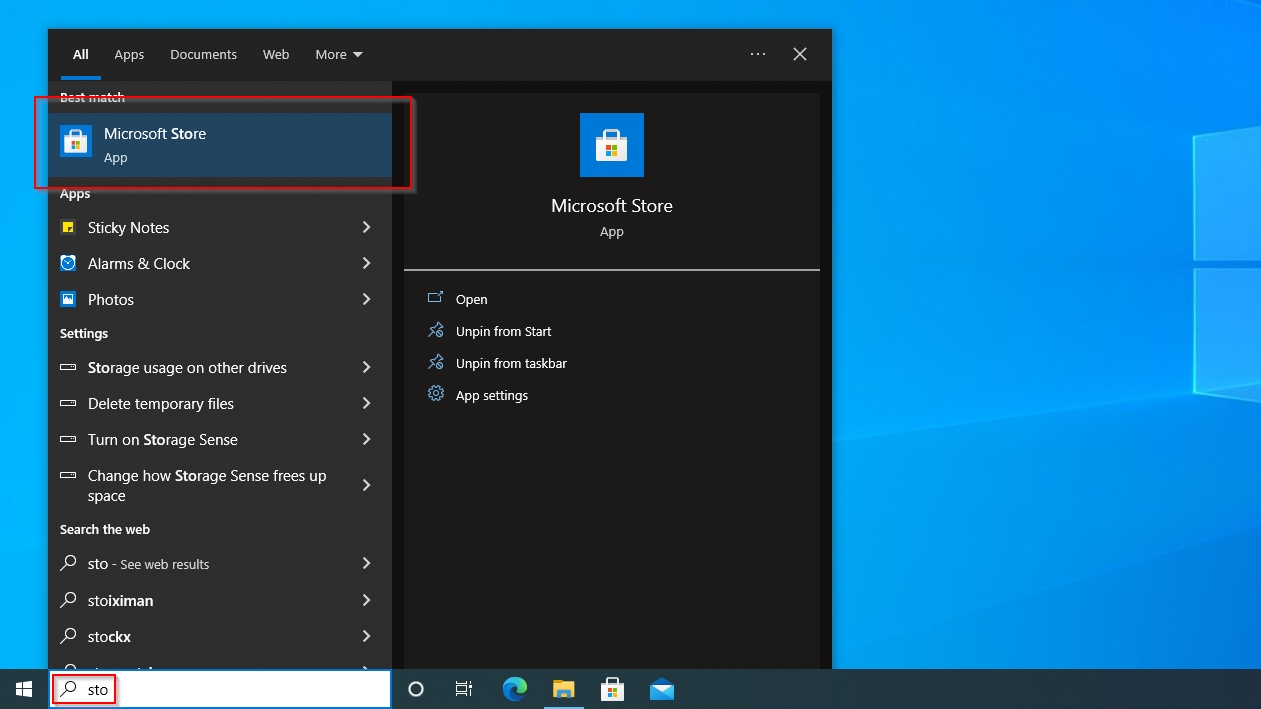
- Click on your account’s thumbnail to access your account’s menu, and click on Settings.
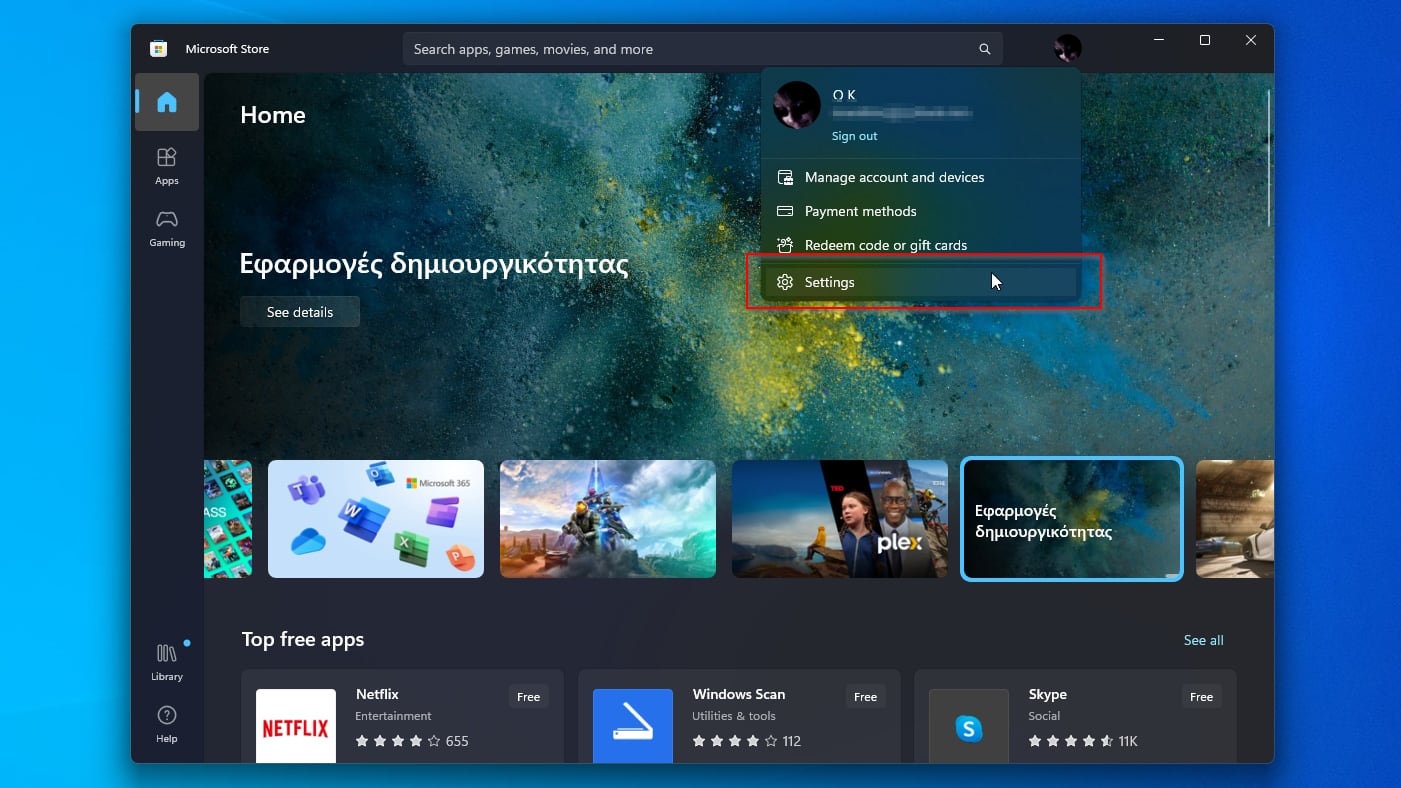
- Flick the switch next to App updates to Off to stop automatically updating apps from the Microsoft Store.
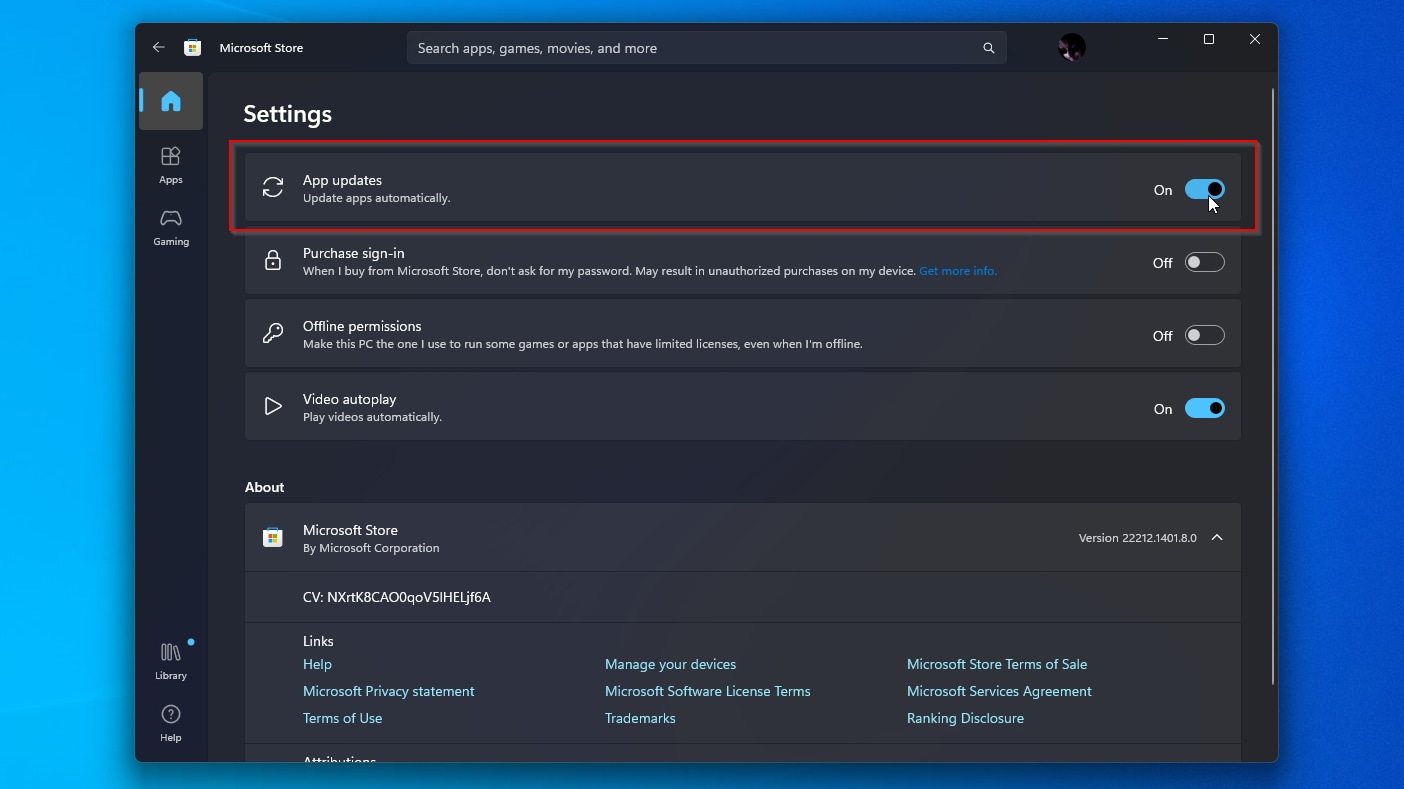
Updates can help keep your Windows modern and secure, but they can’t “freshen up” your OS. If you’d prefer to reinstall Windows for that brand-new zippy feeling, make sure to also check our article on how to reinstall Windows without losing your data. And if you already did (reinstall Windows) but forgot to check our article and lost some files, don’t fret: we’ve got a guide on how to recover files after reinstalling Windows, too!
FAQ
Should I turn off windows 10 updates?
It’s not suggested you turn off Windows 10 updates since they can keep your PC running smoothly, securely, and with the latest features.
Disabling Windows 10 updates is justified when you know one of them will disrupt how you use your computer.
How to stop Windows 10 updates permanently using CMD?
Use the Start menu or Search to find and launch CMD “as administrator”. There, follow the steps below:
- Check the status of the Windows Update service with: sc.exe query wuauserv.
- Forbid the Windows Update service from auto-starting with: sc.exe config wuauserv start= disabled.
- Stop the Windows Update service with: sc.exe stop wuauserv.
- Recheck the service’s status with: sc.exe query wuauserv. This time it should report it’s Stopped.
How to disable Windows 10 update permanently using a batch file?
Run Notepad.exe. Copy the following from here and paste it into your Notepad document: sc.exe config wuauserv start= disabled net stop wuauserv Press CTRL + Shift + S, change the “Save as type” to “All files”, and save your batch file by adding “.bat” at the end of its filename instead of the default “.txt” extension for Notepad.
Right-click on your newly-created batch file, and choose Run as administrator to run it and have it issue both commands for disabling the Windows Update service in one go.
How to disable Windows 10 update permanently using regedit?
- Use the Start menu or Search to seek the “registry editor” (or “regedit” for short). Run it “as an administrator”.
- Use the navigation pane on the left of the Registry Editor’s window to find: HKEY_LOCAL_MACHINE\SOFTWARE\Policies\Microsoft\Windows .
- Right-click on the Windows folder (directly in the navigation pane on the left) and select New > Key. Give your new key the name “WindowsUpdate”.
- Right-click on your newly created WindowsUpdate key and repeat the process, making a new sub-key. Name it “AU”.
- Right-click on your new AU sub-key, and choose New > DWORD (32-Bit) Value. Name your new value “NoAutoUpdate”. Then, double-click on it to edit it, and change the number in the field under Value data to “1”. Click OK to save your edits.
- Close the Registry Editor and restart your PC for the changes to take effect.
Conclusion
Although Microsoft “borrowed” Linux’s “rolling updates” approach, it didn’t allow Windows the same freedom in controlling which updates should be applied and when.
As we saw, it’s easy to disable Windows Update temporarily for a specific timeframe as long as you know where to find the options that enable you to do so.
If you want to stop Windows 10/11 updates permanently, you have to dive deeper. It’s possible, but it can get complicated when navigating the Registry or issuing obscure commands using tools you rarely use (if ever).
Still, now you know how to do it, and after applying those tweaks once, you shouldn’t have to redo them.
This article was written by Odysseas Kourafalos, a Editor-in-Chief at Handy Recovery Advisor. It was also verified for technical accuracy by Andrey Vasilyev, our editorial advisor.
Curious about our content creation process? Take a look at our Editor Guidelines.
